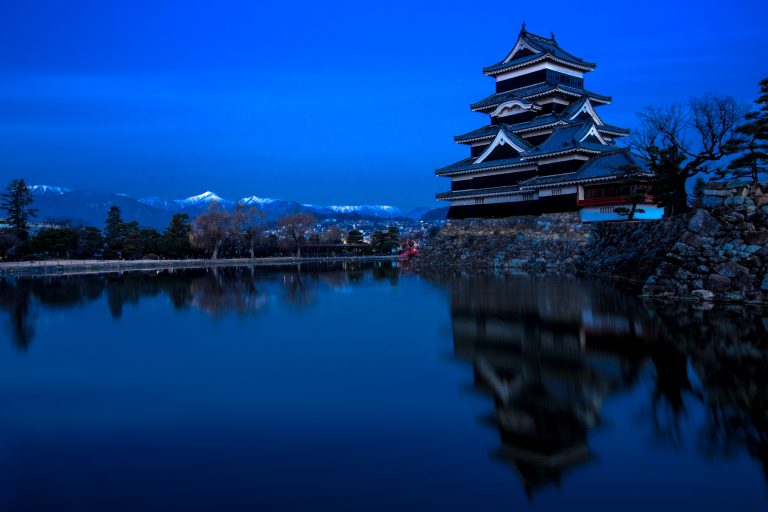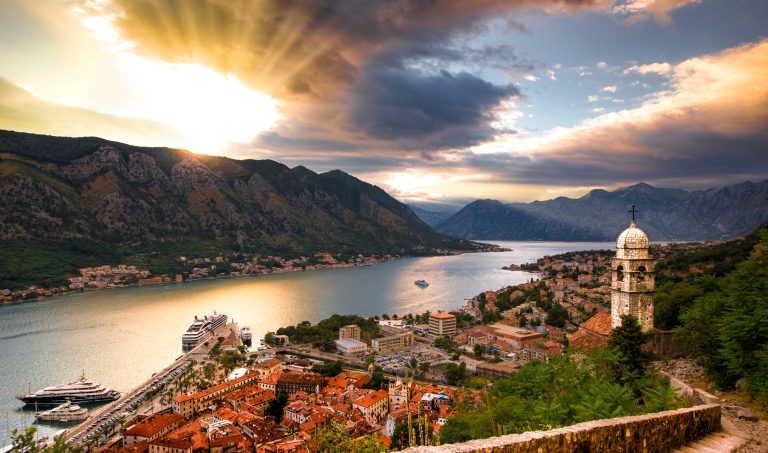
How long
For our first visit to Japan, we wanted to target the highlights but still seek out a few culturally and historically significant locations which initially seemed a bit out of the way for a first timer. We spent a total of 10 days, including the days lost to travel, and as with every country, felt that this was horribly few. In hindsight though, 10 days was ideal.
Where
Tokyo and Kyoto were no-brainers — everyone goes there, and needs to go there. Nara crept on to our list as the oldest capital of the country — before Tokyo, before Kyoto; and we are glad it did. Finally, out of the 3 UNESCO World Heritage castles in Japan, two of the better ones (in our opinion) were not too much of a detour — the Crow Castle of Matsumoto and the Egret Castle of Himeji, so those ended up being included in our plan.
When
We picked December (around Christmas) — a low season for travel to Japan. Though ideally you would either go during the spring cherry blossom bloom (very difficult to time this correctly) or during the fall colors season (November), both of these periods are extremely busy and expensive, but from what we could gather, totally worth it. Summer is excruciatingly hot, so early winter (mid-December) was perfect. For folks from California, the weather was no different—mostly clear and sunny (with 1 day of rain), temperatures in the 50s, and relatively fewer tourists around.
Transportation
As with every place we visit, we drove. Driving allows you to see the country more intimately, and in our opinion, is the most convenient, comfortable, intimate and safe way to travel as a family. No stress of getting ready on time to catch a train, no complications around whether baggage will fit, or packing oh-so tightly every day as you train travel from one place to another wasting precious hours going to and from the station, and complete freedom on where to go, how late to stay back, and when to stop.

Here is a rough outline of our visit, with further details in the following blog posts. If you want a detailed map of every day, with every nook, corner, alleyway, monument, restaurant outlined on the map, please ping us, and we will email you a .kml that you can open up and explore in Google Maps.
Day 1: We flew into crisp, cold Tokyo at about 5pm. By the time we reached our hotel, Tokyo Prince Park Towers, it was night time and we were horribly jet lagged.
Tip: Taking the train from Narita is the cheapest option to get into the city, but with two jet lagged kids, it was a suboptimal option. Taxis are rare and super expensive ($250!). Charter or Shuttle buses are the optimal middle ground and highly recommended.
Our hotel had a fabulous view of the city from it’s breakfast rooms and a great view of the Tokyo Tower from our room — which was a garden suite with 2 traditional Japanese Tatami mat rooms and a standard Western room. Highly recommended and reasonable in the off season, if booked early.
Days 2–3: For our Tokyo travels over the next 2 days, we visited the Senso-ji temple in Asakusa (a must), Shibuya crossing at rush hour (also a must), Harajuku, Shinjuku, the viewing terrace at More Art Museum (the TMG building is another decent place for a Tokyo skyline view and its free, but I preferred the More view), the Robot Restaurant show (recommended, even though its highly touristy), the Tsukiji fish market in the morning (get in queue for Sushi Dai, and if too long, go next door to Daiwa Sushi which is as good and quicker) and saw some Kabuki theater.
Day 4: On the 4th day, we picked up our rental from Hertz and starting driving on the wrong side of the road towards Fuji.
Tip: You need an International Driving Permit (easy, from any AAA office).
We drove to the Chureito Pagoda for the iconic Fuji shot, hugged Lake Kawaguchi for stunning reflections of Fuji and then continued further on to Matsumoto. Checked in to our hotel, Matsumoto Marunouchi Hotel, which was just a block away from the Matsumoto Castle and a great place to park for the night. We walked over to the castle for a few night shots, and I ventured out again in the early dawn for capturing the rising sun.
Day 5: A good part of the morning was spent at the Matsumoto Castle, and the following few hours were spent driving down south-west to Uji. The highway stops along the way were very interesting, elaborate and different compared to what you would see in Europe or the States. We bought some of the most delicious Japanese desserts from one of these stops. We reached Uji (Byodo-in) by dusk, and then drove to Kyoto and checked in to the Kyoto Brighton Hotel. The hotel was quite luxurious and large, but it was relatively far from Gion and other old-town areas/shrines. Dinner at the nearby Mendooro Koan Gosho, was quite delicious.
Day 6: We kept the car around for 2 more days, and first drove to Nara. An absolute must, Nara is stuck in time and the shrines are a clear display of Japan’s stunning past. Driving back to Kyoto, we sneaked up to Kiyomizu-dera at dusk and walked around the streets around the temple (classic Kyoto shots and views) before calling it a night — also a must.
Day 7: A trip west to the Egret Castle at Himeji, and ended up spending most of the day there. Compared to Matsumoto, this is much larger and looks like a fort, but I found it less photogenic. As you glance through pictures of both, you be the judge, but we found Matsumoto to be a drive worth taking. On our way back to Kyoto, we spent a few hours at the incredible Fushimi Inari Taisha, which should be another must-see on your list.
Day 8: We drove to Arashiyama and visited the bamboo grove and the Zen garden there, drove to the Kyoto station and got our ticket reservations done for the Shinkansen ride back to Tokyo, spent a few hours at the Kyoto Handicrafts center near the Heian Shrine, before heading to the Gion district to catch a few glimpses of Geishas (Geikos and Maikos).
Tip: This should be *THE* place to do all of your high-end souvenir shopping — high-end artifacts at the most reasonable prices and with guaranteed authenticity.
Day 9: A trip to Kinkakuji shrine (The Golden shrine) before dropping the car near Gion and bearing it on foot and public transportation for the rest of the day. Some gift-souvenir shopping and wandering the Nishiki Market in Pontocho, before retiring in Gion and heading back for packing and leaving the next day.
Day 10: A super fast ride on the Shinkansen (bullet train) to Tokyo with a view of Fuji along the way, transfer to the painful Narita Express (NEX), and the turbulence ridden flight back to the United States.
Kyoto to San Francisco is surprisingly and easily possible within one calendar day.







